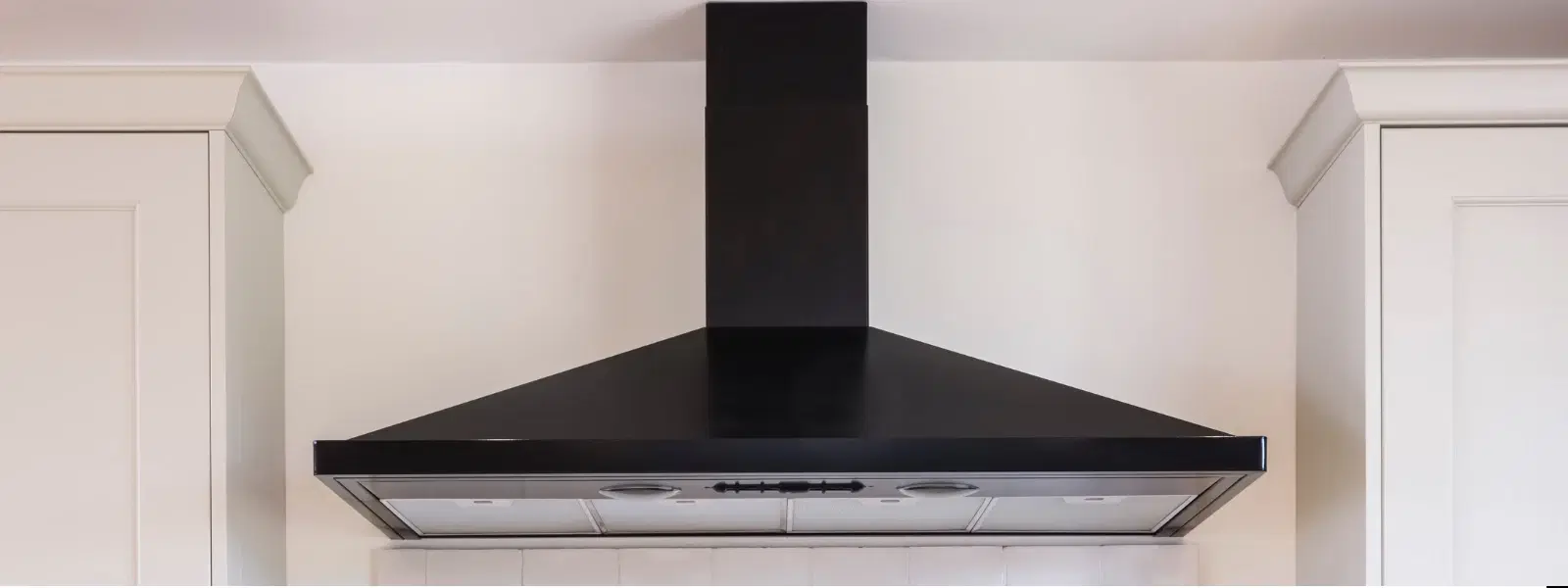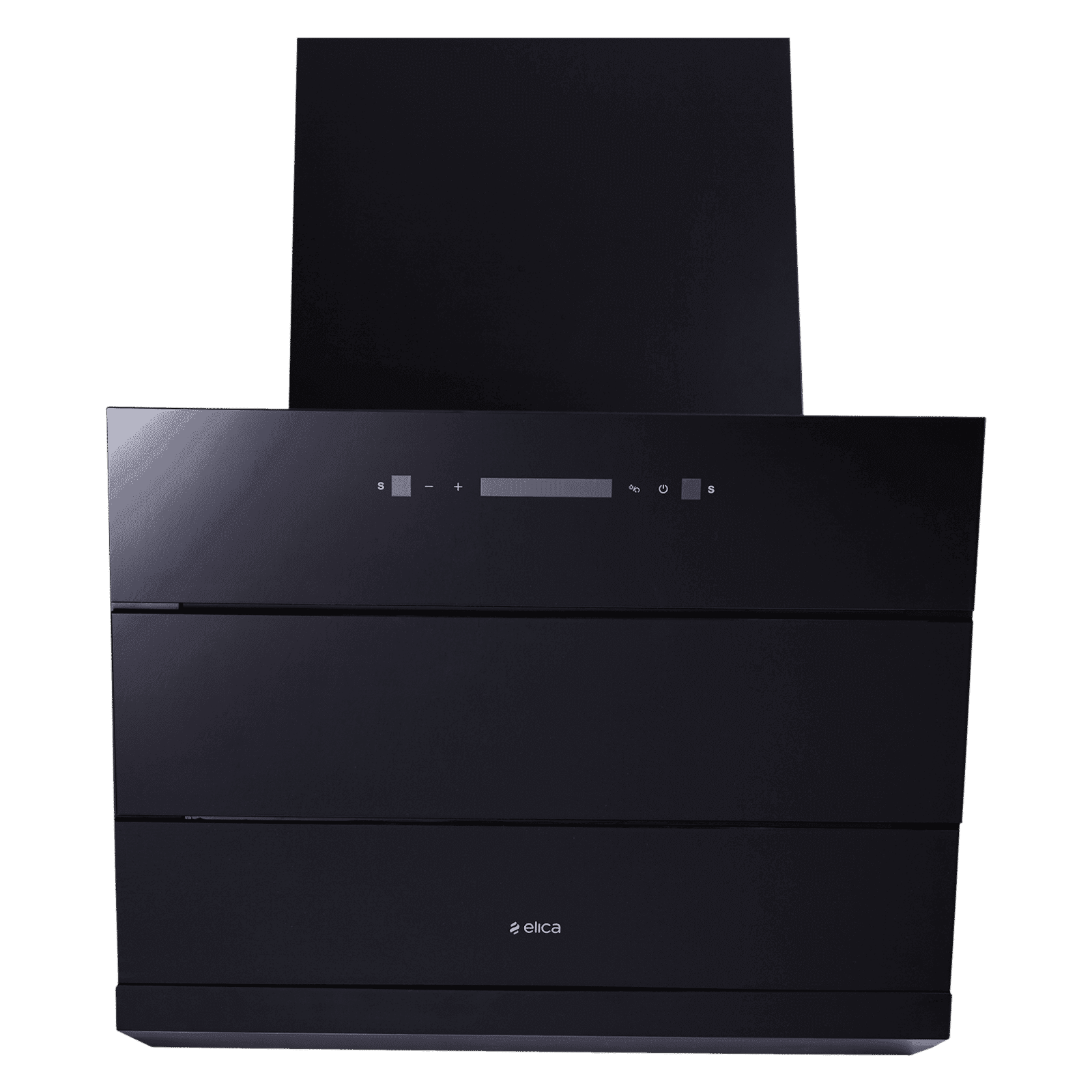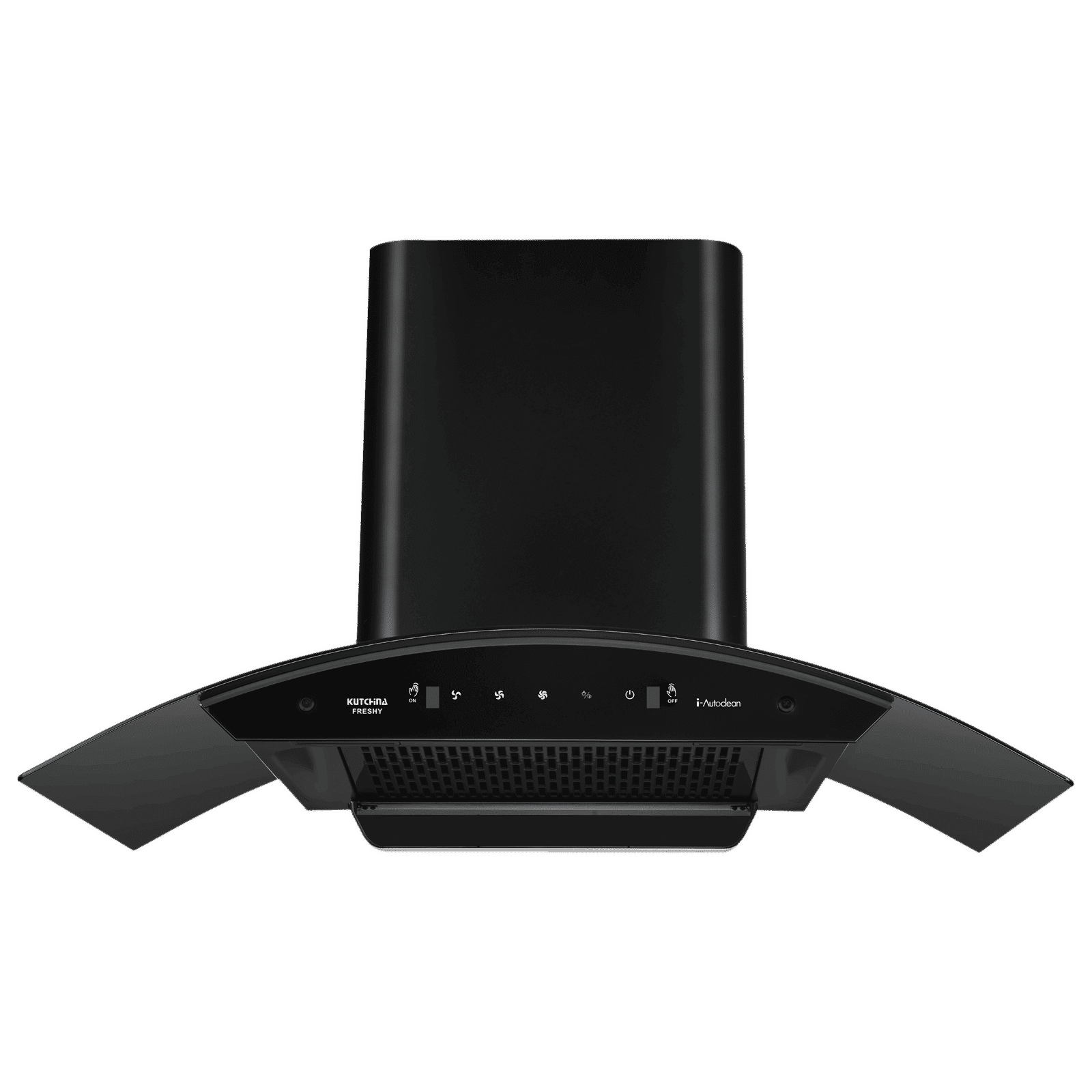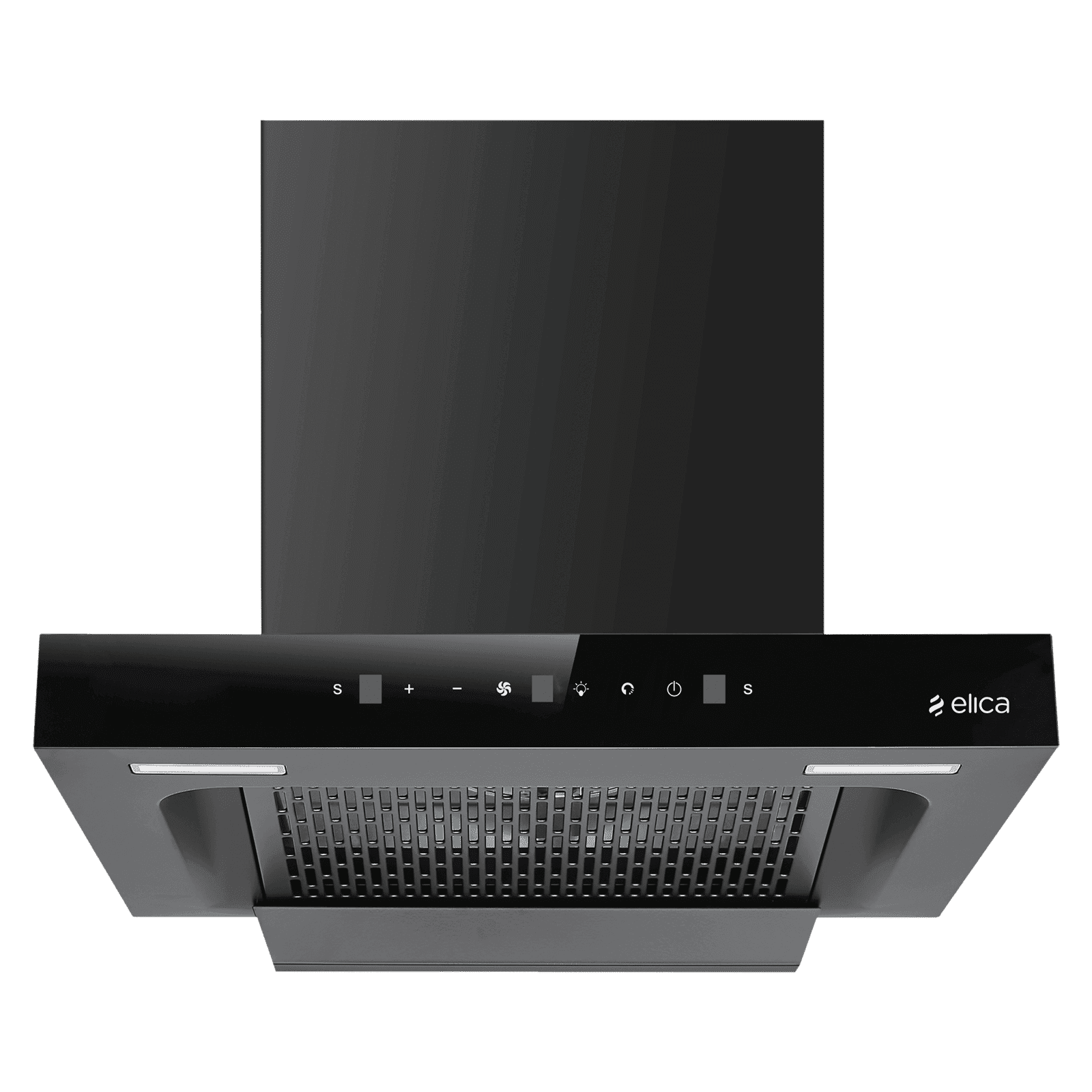
Home Appliances
•04 min read

Buy elica EFL 3V 601 BLDC HAC LTW MS NERO 60cm 1500m3/hr Ductless Auto Clean Cabinet/Hob Mounted Chimney with Motion Sensor Control (Black) online at best prices from Croma. Check product details, reviews & more. Shop now!
Did you know that an improperly placed Kitchen Chimney can affect cooking efficiency and even safety? Determining the standard height of chimney from kitchen platform is more than just a design choice. It plays a vital role in ensuring effective ventilation, reducing smoke and grease build-up, and improving the overall ambiance of your cooking space. In this blog post, we will walk you through actionable tips to set your chimney installation height right, ensuring optimal performance and safety in your kitchen.
Proper chimney placement is crucial to maintain a healthy cooking environment. When the chimney is at an ideal chimney height for kitchen, it effectively removes smoke, odours, and grease particles from the air. This proper chimney placement not only contributes to a safer cooking environment but also enhances the overall appearance of your kitchen. Ensuring sufficient Kitchen Chimney clearance makes a significant difference to air flow and long-term hygiene in your cooking space.
Choosing the wrong chimney height can lead to several issues. Inadequate suction, excessive grease build-up, and potential fire hazards are just a few of the complications that arise from not following proper chimney height guidelines. Understanding the safe distance for chimney installation from your stove and other surrounding structures is essential. Adhering to these chimney height guidelines while considering kitchen layout and stove type will help avoid these risks and create a more efficient cooking experience.
The universally recommended standard height of chimney from kitchen platform typically falls between 26 to 30 inches (65-75 cm) from the gas stove to the chimney base. This set distance between chimney and stove is vital to ensure that smoke and fumes are effectively captured, while simultaneously keeping the design aesthetic intact. By keeping within this range, you allow the chimney to perform its best function without compromising your kitchen design.
While the recommended chimney installation height serves as a general guideline, certain factors may necessitate adjustments. Stove type, for instance, plays a key role; gas stoves may require a specific clearance, while induction cooktops could benefit from a slightly higher clearance. Additionally, the style of the chimney model and your unique kitchen design are pivotal in determining the optimal chimney height for cooking. An awareness of these nuances ensures that your installation is both safe and efficient.

Buy Kutchina FRESHY 90cm 1350m3/hr Ducted Wall Mounted Chimney with Filterless Technology (Black) online at best prices from Croma. Check product details, reviews & more. Shop now!
One of the most trusted guidelines among experts is the 3/2/10 rule for chimney installation height. This rule helps maintain a safe clearance between the stove, chimney, and other surrounding structures, ensuring minimal risk of fire hazards and other complications. By following this proportionate measurement, you ensure that your chimney not only operates at its best but also adheres to safety norms.
To ensure smooth airflow and reduce the risks of interference with adjacent structures, it is important to consider clearances for walls, cabinets, and ceilings. Maintaining proper kitchen chimney clearance is key to ensuring that there are no unwanted obstructions, which could otherwise hamper the efficiency of your chimney. This safe distance for chimney installation should be observed meticulously to avoid long-term issues and to preserve a seamless integration into your kitchen design.
Pro Tip from Experts
Always measure the distance between your stove and chimney before installation to avoid performance issues. The ideal height is typically 26-30 inches for gas stoves and slightly higher for induction cooktops.
Another often overlooked yet essential detail is the placement of the electrical plug point. For maximum efficiency and ease of use, the plug point should be positioned approximately 6 to 12 inches above the chimney's top edge. This positioning adheres to recommended chimney height and ensures that the plug remains accessible without disrupting your kitchen’s layout. Implementing these kitchen chimney positioning tips can significantly enhance both safety and convenience.
While installation height remains a primary focus, choosing the right chimney model according to your kitchen layout is equally important. Whether you opt for ducted or ductless models, each comes with its own set of requirements pertaining to installation height and design. By weighing factors like the available space and type of cooking appliance you use, you can select a model that naturally complements your existing setup, making adherence to chimney height guidelines a smooth process.

Buy elica SPT FL 600 BLDC HAC LTW MS NERO 60cm 1500m3/hr Ducted Auto Clean Wall Mounted Chimney with Motion Sensor Control (Black) online at best prices from Croma. Check product details, reviews & more. Shop now!
One of the most common missteps is ignoring the manufacturer guidelines. While general recommendations provide a starting point, the exact chimney installation height should always be cross-verified with the manufacturer’s instructions. Overlooking these details may lead to interference with the system’s functionality, thereby undermining your efforts to achieve optimal kitchen ventilation.
Every kitchen is unique. A one-size-fits-all approach rarely works when it comes to chimney installation. Tailoring your chimney setup to factor in your specific kitchen layout and type of stove is critical. Ignoring such factors can lead not only to inadequate performance but also to potential safety hazards. Thus, while the general recommendation of maintaining a 26-30 inch gap holds true for many, personalising the installation by considering your individual setup ensures that you get the best results.
This rule ensures safe chimney installation by maintaining a specific clearance ratio between the stove, chimney, and surrounding structures.
The recommended distance is typically 26-30 inches (65-75 cm) for most kitchen setups.
The proper height depends on the stove type and kitchen layout, but generally falls within the range of 26-30 inches from the stove.
The plug point should be installed approximately 6-12 inches above the chimney’s top edge for easy access and safety.
In summary, setting the standard height of chimney from kitchen platform is a critical aspect of kitchen design that should not be overlooked. By understanding the significance of proper chimney placement and adhering to guidelines like maintaining the 3/2/10 rule, you can ensure both the efficiency and safety of your kitchen environment. Avoiding common installation mistakes by carefully considering your kitchen layout and stove type will further enhance performance, leading to a seamless cooking experience. With careful planning and adherence to these expert tips, your kitchen can achieve optimal ventilation and a modern, efficient design that truly supports your culinary adventures.